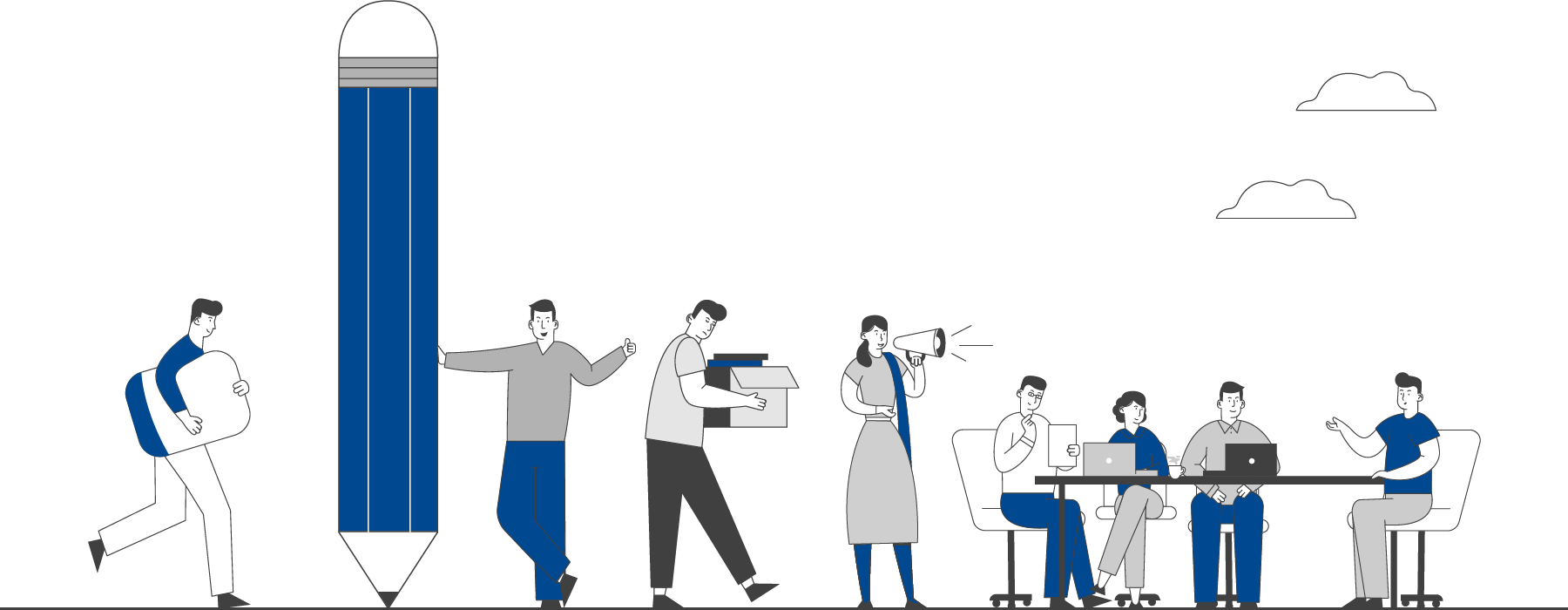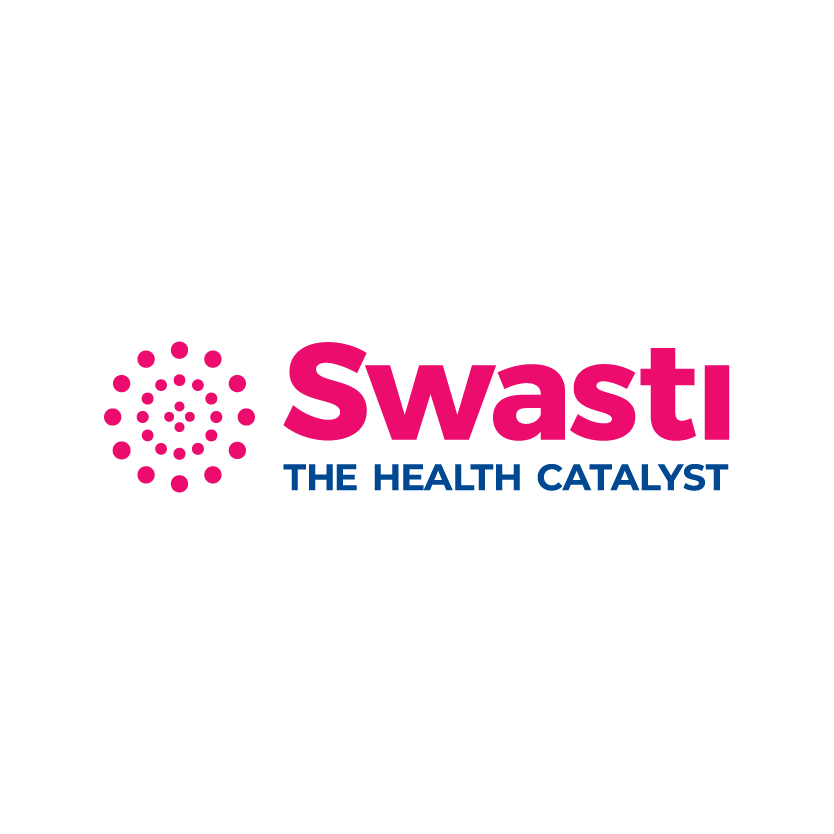

This section hosts guidelines, manuals and toolkits to strengthen public health practice.
Resources
FILTER
BY CATEGORY
View All
NACP V Strategy
23 May 2022by MohFW OVER 1 HOUR
In 1985, India launched a sero-surveillance program in response to the HIV/AIDS epidemic. The establishment of the National AIDS and STD Control Programme (NACP) in 1992 cemented the commencement of a coherent response to the HIV/AIDS epidemic in India. Earlier efforts (1985-1991) concentrated on searching for HIV in various demographic groups and places, screening blood before transfusion, and targeted awareness generation. Since then, NACP has progressed through five distinct phases to become one of the world's largest HIV programs.
The first phase of NACP focused on raising awareness and ensuring the safety of blood. The second phase saw direct interventions launched across the prevention-detection-treatment continuum, along with State’s capacity for program administration being built. The third phase was a scaling-up tale, with program administration devolved all the way down to the district level. Consolidation and increased government funding marked the fourth phase. The need for continued action and vigilance in the context of the country's resolve to eliminate the AIDS epidemic as a public health issue by 2030 prompted the development of NACP Phase-V.
NACP Phase-V is a Central Sector Scheme with a budget of Rs 15471.94 crore, wholly supported by the Government of India. By 2025-26, the NACP Phase-V intends to cut annual new HIV infections and AIDS-related deaths by 80% compared to the baseline figure of 2010 (47%). While existing interventions will be preserved, refined, and strengthened under NACP Phase-V, innovative techniques will be adopted, piloted, and scaled-up to address geographic and community-specific requirements. NACP Phase-V will build on the systematized convergence with existing Central Government schemes, such as synergy with the National Health Programme, associated line Ministries, and State Governments, by mainstreaming and partnering to broaden the reach of various HIV-related services in a cost-neutral manner. Continued strategic engagement with the business sector is part of the NACP Phase-V collaboration framework.
In NACP Phase-V, the HIV and AIDS (Prevention and Control) Act of 2017 will remain the pillar of the national response to the HIV and STI epidemic. The Act will serve as the enabling foundation for removing impediments to the delivery of a holistic package of services in a stigma-free environment.
Related File :
9253720613.pdfCategories
For implementers

 EXPLORE DATA
EXPLORE DATA 



























